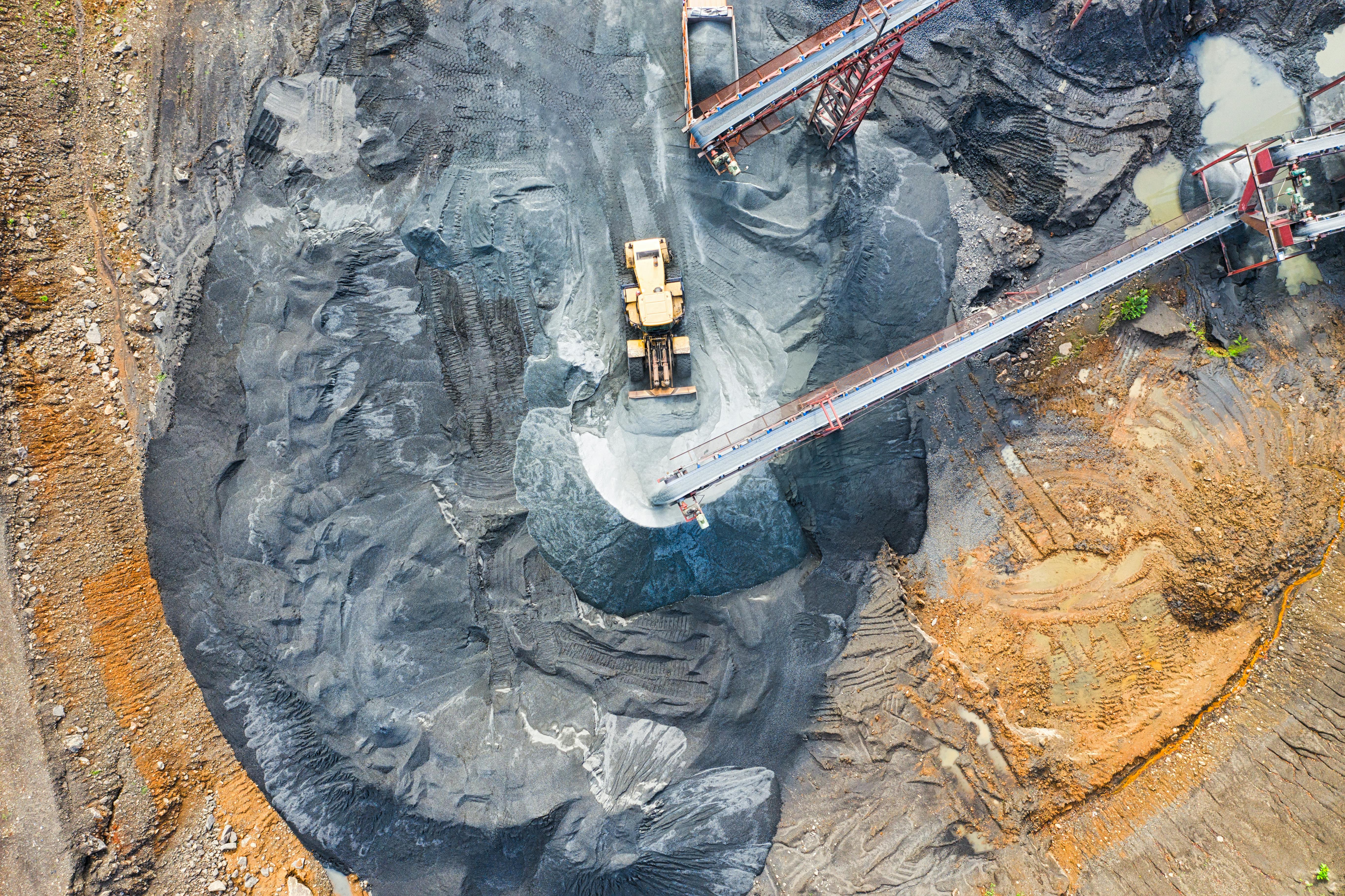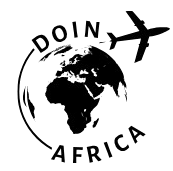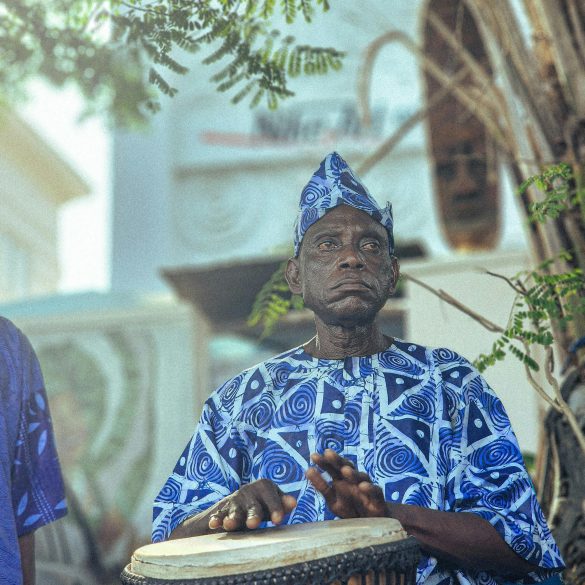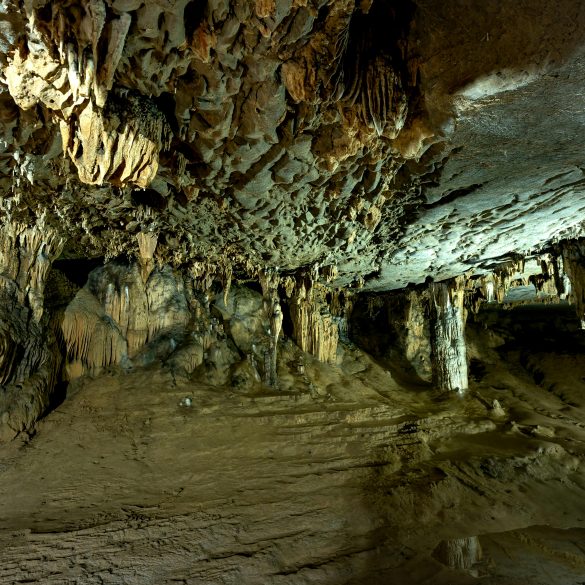The Congo’s Hidden Wealth: Untold Stories of Its Vast Natural Resources
Let me start with a personal confession: I’ve been writing about global resources, supply chains, and environmental issues for over 15 years, and yet, every time I dig deeper into the Democratic Republic of the Congo (the DRC), I’m stunned by the extremes woven throughout this one country. The Congo sits on perhaps the most bountiful patch of land on the planet—home to minerals that power your smartphone, the world’s second-largest rainforest, and rivers so mighty they could light up much of Africa. Yet, paradoxically, most Congolese live in crushing poverty, caught between promise and peril. I used to think the big story was just about “rich land, poor people.” Actually, it’s so much more.
Why does the Congo matter so much? What makes its resources globally pivotal, and how have its riches shaped not only Africa’s fate but the world’s technological future? Better yet: Where does the real opportunity—and risk—lie for those daring enough to care, invest, or simply want to understand where their everyday products really begin?
Unveiling the Congo: Geography, History, and Resource Context
If you’re reading this from Europe or North America, the Congo might feel like a distant place, but its impact is literally in your hand—most likely inside the battery of your phone or the circuitry of your electric vehicle. The DRC is massive (roughly the size of Western Europe) and covers 2.3 million square kilometers of some of Earth’s most resource-rich terrain. Its river system is only rivaled by the Amazon for power—ironic, considering the darkness and lack of energy in much of the country as I witnessed firsthand during an NGO visit in Kinshasa.
Historically, the Congo has been “the world’s storehouse”—from King Leopold’s rubber empire to the uranium that powered the Manhattan Project, and today, cobalt that underpins Tesla and Apple’s battery supply chains1. Yet, telling its story through only the lens of what outsiders have taken misses half the story. For millions, what lies beneath their feet is at once a blessing and, tragically, a curse.
I’ll be honest—this view is echoed by locals and Western analysts alike. Even now, the country navigates a chaotic blend of old colonial boundaries, shifting warlord fiefdoms, and ambitious Chinese, European, and American corporations—all vying for access.
Resource Map: What Lies Beneath—Key Minerals and Natural Wealth
So, what exactly does the Congo possess that makes it the most resource-rich nation in Africa—arguably, the world?
- Cobalt: More than 60% of the world’s cobalt (vital for lithium-ion batteries)
- Coltan: Essential for capacitors in electronics—from PlayStations to MRI machines
- Gold: Billion-dollar illicit and legal trade, funding everything from war to global jewelry markets
- Diamonds: A mix of industrial and gem-grade, including notorious “conflict diamonds”
- Copper: Among the richest deposits globally, fueling electric infrastructure worldwide
- Timber & Rainforest: The Congo Basin is the Earth’s “second lung”—a phrase used by U.N. scientists
- Oil and Gas: Underexploited reserves, but already attracting major supermajors
But get this: less obvious resources—like vast hydropower potential from the Congo River—could, in theory, power most of sub-Saharan Africa if logistical, political, and financial obstacles weren’t so daunting3. That part still blows my mind.
Oddly, for all its resources, Congo’s official GDP ranks among the world’s lowest. This contradiction is at the heart of every policy, business, and ethical dilemma surrounding the nation’s resource wealth.
The Global Stakes: Congo’s Resources in the World Economy
Here’s where things get really interesting—and, honestly, pretty uncomfortable if you care about technology, climate policy, or global justice at all. The DRC’s minerals are foundational to just about every major supply chain on earth. Most notably, cobalt extraction in Congo determines the cost and environmental footprint of electric vehicles, smartphones, and even wind turbines. The numbers? Over 70% of global cobalt comes from the Congo, and leading tech firms can’t innovate (or virtue-signal green) without it4.
What I find wild—truly, a bit mind-bending—is that global transitions we trumpet as “the green future” (EV expansion, battery storage, renewable energy grids) all hinge on a place where basic human needs and political stability remain heartbreakingly elusive. We’re not just talking about rare rocks; these are the keystones of the 21st-century economy.
I remember an interview with a supply chain manager from a major auto firm—he looked me straight in the eye and admitted they’d never be able to trace all their cobalt back to responsible mines. “It’s nuts,” he said, “the chain is too messy.”
So, at every tech conference, behind all the ESG (Environmental, Social, Governance) talk, Congo comes up—sometimes obliquely as “the source” or, more awkwardly, the “dirty secret” of the green supply chain.
Local Realities: Community Impact, Conflict, and Human Cost
Now, let’s get honest—on the ground, resources bring not just promise but staggering risk for ordinary Congolese. In my early years covering African development, I naively assumed economic “growth” equaled local progress. Actually, extraction can foster violence and systematic abuse as much as, or even more than, opportunity.
- Conflict Minerals: Armed groups have long exploited gold, coltan, and tin to finance violence, especially in the war-ravaged east5.
- Child Labor: More than 40,000 children are estimated to work in mining, sometimes under lethal conditions6.
- Pollution: Tailings from copper and cobalt mining poison rivers used for drinking and irrigation.
- Displacement: “Land grabs” for new mines force rural communities off their ancestral lands.
- Governance Crisis: Corruption and weak institutions delay reform; foreign companies often bypass meaningful accountability.
Honestly, I struggle here. I’ve sat with local mining activists who want investment—but not at the cost of their kids’ lives. The “resource curse” sounds academic until you see it up close.
A Case Study: Cobalt Mining in Katanga
Here’s something that changed my view: Last year, I reviewed a report and video footage from Kolwezi, Katanga—ground zero for cobalt. Streets bustle with traders, but push deeper and you’ll find informal pits where children and women dig by hand, often for less than $2 a day. Western companies claim they monitor working conditions, but in truth, almost every audit fails to reach the bottom of this messy, multi-layered supply chain.
As one local leader told me, “If you stop mining, we starve. If you mine as we do now, we die young.” Try resolving that dilemma from a PowerPoint deck.

Big Business & Ethics: The Geopolitics and Business of Extraction
From my perspective—after conversations with NGO leaders, mining executives, and policymakers alike—the single biggest riddle is this: Can a country so rich in resources use those advantages for its own good, or will the game always be rigged by outsiders? I remember, a few years back, prepping for a Reuters comment piece and having to completely revise my assumptions after reviewing the new wave of China’s Belt and Road investments—a stark lesson in just how quickly Congo’s ownership narrative can shift.
Who Owns the Congo’s Mines?
- Gécamines: Historic state mining company, often in joint ventures with foreign (especially Chinese) firms
- Chinese Consortia: By now, Chinese conglomerates dominate copper and cobalt, accounting for roughly 70% of DRC’s cobalt exports9
- Western Giants: Companies like Glencore, Barrick Gold, and AngloGold Ashanti retain huge footprints in minerals and gold
- Artisanal Miners: Despite all the billion-dollar deals, an estimated 2 million Congolese rely on informal, small-scale mining for survival, producing much of the output that ends up—without clear traceability—in global supply chains
Let that sink in: This isn’t just boardrooms and international finance. It’s day laborers and village pacts alongside hedge fund spreadsheets.
What genuinely frustrates me (and a lot of Congolese experts) is that international watchdog efforts, while well-meaning, often get lost in red tape. As a colleague in Kinshasa once told me: “Every new rule is just a new way for someone to take a cut.”
Regulatory Moves: Progress or Paper Tigers?
- Dodd-Frank 1502: Requires public companies in the US to disclose (and sometimes audit) use of conflict minerals from the DRC or neighboring states. Early effect: Some global buyers tried to “exit” Congo to avoid paperwork—ironically worsening economic pain on the ground.11
- EU Corporate Due Diligence: Latest rules mandate large firms to police their entire supply chain, with real legal risk of fines for noncompliance12.
- OECD Guidelines: Best-practice framework for risk assessment and responsible sourcing, but with no concrete enforcement power.
From my perspective, each new rule helps a bit—but only as much as it’s backed up by global consumer pressure and local Congolese buy-in. Otherwise, it’s just more paperwork for Western compliance officers!
Environmental Tipping Points: Threats and Hope
Here’s where things get real (and, let’s be honest, sometimes tragic). The Congo Basin is the battleground for some of the planet’s hardest climate deals. Despite all the fuss about the Amazon, the Congo stores 30 billion tonnes of carbon—a lifeline against global warming13.
- Deforestation: Driven by artisanal logging, shifting cultivation, and industrial concessions—losses exceed 1 million hectares annually.
- Water Resources: Pollution from tailings and chemical runoff threaten fish stocks, village water, and downstream river systems.
- Biodiversity: Gorillas, elephants, and okapis (unique to these forests) face extinction from habitat loss and bushmeat trade.14
- Hydropower Risks: Inga Dam expansion could flood vast tracts of rainforest and disrupt local communities if not handled with utmost care.
I have to admit, I used to be skeptical about eco-tourism pitches until I met local guides whose livelihoods depended on gorilla conservation—living proof that alternative economies are possible with the right incentives and international support.
Towards the Future: Can Congo’s Resources Fuel a Sustainable Renaissance?
I’ll be completely honest: The story of Congo’s resources isn’t one of simple failure or endless exploitation. Over the last five years, I’ve seen genuine flashes of hope and creative new thinking emerging from Congolese entrepreneurs, academic collaborations (yes, even with Harvard and Makerere), and global activists pushing for just transitions. Will these efforts succeed? The truth is, the outcomes are far from certain—and that itself is the most human detail here.
- Battery Innovation: New chemistries and recycling techniques could reduce future cobalt dependence15.
- Blockchain Traceability: Some pilot projects now let buyers track minerals back to certified “clean” mines, creating new models for ethical supply chains.
- Community Co-ownership: From co-ops in Haut-Uele to eco-tourism ventures, there’s growing awareness that true prosperity requires local agency.
- Policy Pressure: Every new round of consumer activism and regulatory tightening nudges corporations to raise the bar on transparency, albeit slowly.
- Sustainable Alternatives: Conservation-driven investments (think REDD+ forest protection programs) offer real income alternatives—a major shift from the old “dig or die” model.
Global Responsibility: What Actually Works?
I’m not entirely convinced any one model “solves” Congo’s paradox, but I’ve witnessed success when solutions are co-created with local stakeholders rather than imposed. International investors should prioritize not just profits, but progressive partnerships. Consumer advocacy has more power than we realize—demanding better, voting with your wallet, and supporting causes that amplify local voices does matter.
References



